Background
Carothers was born on 27 April 1896 in Burlington, lowa, to Ira Hume Carothers, teacher of commercial subjects, and Mary McMullin Carothers.

Tarkio College, Missouri, United States
University of Illinois, Chicago, Illinois, United States
University of Illinois, Chicago, Illinois, United States
University of South Dakota, Vermillion, South Dakota
Harvard University, Cambridge, Massachusetts
Harvard University, Cambridge, Massachusetts
Wallace Hume Carothers (1986-1937) American chemist. Inventor of neoprene and nylon.
Wallace Carothers—Graduate of the U of I (PhD in chemistry in 1924) worked for DuPont and obtained more than 20 patents, including the one for nylon, which was the first synthetic fiber.
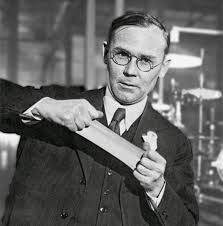
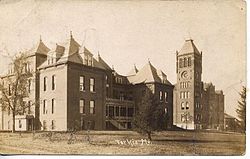
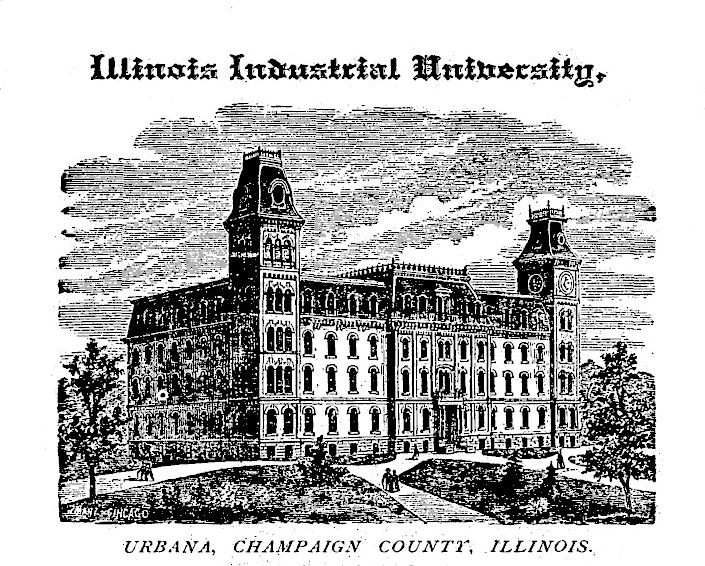
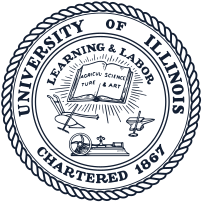


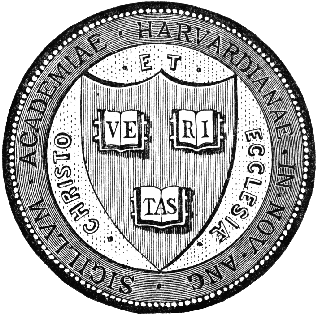


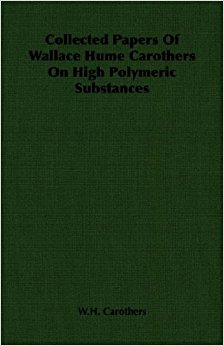
(Many of the earliest books, particularly those dating bac...)
Many of the earliest books, particularly those dating back to the 1900s and before, are now extremely scarce and increasingly expensive. We are republishing these classic works in affordable, high quality, modern editions, using the original text and artwork.
http://www.amazon.com/gp/product/1406759252/?tag=2022091-20
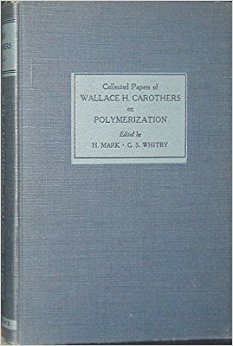
(Collected Papers of Wallace Hume Carothers on High Polyme...)
Collected Papers of Wallace Hume Carothers on High Polymeric Substances [High Polymers, A Series of Monographs on the Chemistry, Physics and Technology of High Polymeric Substances, Vol. 1] [Edited by H. Mark & G. Stafford Whitby] on Amazon.com. *FREE* shipping on qualifying offers.
http://www.amazon.com/gp/product/B007BNUPZ4/?tag=2022091-20
Carothers was born on 27 April 1896 in Burlington, lowa, to Ira Hume Carothers, teacher of commercial subjects, and Mary McMullin Carothers.
Carothers attended Capital City Commercial College in Des Moines, Iowa, studying accountancy and secretarial administration. He then went on to Tarkio College in Missouri to complete a bachelor’s degree in chemistry. After a year of teaching at the University of South Dakota, he moved on to the University of Illinois, where he earned his doctorate in 1924, studying under Carl “Speed” Marvel and Roger Adams.
After the outbreak of World War I Wallace Hume Carothers was asked to teach chemistry, no experienced instructor being available. In 1921-1922 Carothers taught analytical and physical chemistry at the University of South Dakota. About this time he began to pursue independent research problems. He became interested in the recent valency theory of lrving Langmuir and investigated its relevance to organic chemistry.
As a young instructor at Harvard University, Carothers was already pursuing research in polymers when DuPont’s Charles Stine recruited him for the fundamental research program Stine was then organizing. Elmer K. Bolton, Carothers’s immediate boss, asked Carothers to investigate the chemistry of an acetylene polymer that might lead to a synthetic rubber.
In April 1930 one of Carothers’s assistants, Arnold M. Collins, isolated a new liquid compound, chloroprene, which spontaneously polymerized to produce a rubberlike solid. The new polymer was similar chemically to natural rubber, which encouraged Bolton to exploit it. Neoprene, as the product was named, was superior to the natural product in some applications and became the first commercially successful, though never inexpensive, specialty rubber.
After receiving his doctorate in 1924 for research on the reduction of aldehydes with a platinum catalyst, he stayed on at Illinois for 2 years, teaching organic chemistry, and in 1926 moved to Harvard.
In 1928 the Du Pont Company, which had planned a new program of fundamental research, selected Carothers to lead the team in organic chemistry at its experimental station at Wilmington. He was allocated a small group of trained research chemists to work on problems of his own choice. In the 9 years that followed, he made several major contributions to fundamental theory, as well as laying the foundations for the development of new materials.
In 1929 he was elected Associate Editor of the Journal of the American Chemical Society.
After the discovery in the 19th century that rubber on heating yields the liquid hydrocarbon isoprene, it gradually became apparent that its molecules were long chains of isoprene units. Attempts to polymerize isoprene, however, merely produced sticky, rubbery substances of no commercial value.
The exhaustive studies of acetylene compounds made by Carothers's team led to the crucial step about 1931, when they found a workable process for converting the hitherto little-known and unstable substance monovinyl acetylene to chloroprene (closely related to isoprene). This, on polymerization, yielded what is now known as neoprene, superior in many respects to the natural product.
Discovery of Nylon Carothers's greatest accomplishment was his work in the related field of polycondensation, that is, the linkage of pairs of compounds, instead of identical units, with the elimination of some simple substance such as water. He prepared a number of polyester fibers, but these seemed to be unpromising, chiefly owing to their low melting points.
The polyamide Carothers produced from adipic acid and hexamethylenediamine was eventually selected by Du Pont's textile experts for development and became known as Nylon-66, since each of the constituent molecules contains six carbon atoms.
In January 1937, Carothers was deeply shaken by the death of his sister, Isobel, a radio performer in Chicago. Three months later, and three days before his suicide, Helen told him that she was pregnant with their first child. On the night of April 28 1937, Carothers drove into Philadelphia. He was found dead around noon the next day in a room at the Philadelphia Hotel. He had swallowed his cyanide pill with the juice of a lemon.
Wallace Carothers can be considered the father of the science of man-made polymers and the man responsible for the invention of nylon and neoprene. The man was a brilliant chemist, inventor and scholar and a troubled soul. He had an amazing career, and held more than fifty patents for his inventions. His researches into polymerization led to the invention of nylon, the first truly synthetic fiber.
His achievements were recognized by his election to the National Academy of Sciences in 1936 - the first organic chemist associated with industry to be elected to that organization.
Carothers was posthumously inducted into the Alpha Chi Sigma Hall of Fame in 1982.
(Collected Papers of Wallace Hume Carothers on High Polyme...)
(Many of the earliest books, particularly those dating bac...)
( )
He was raised in an arch-Presbyterian household.
Carothers gained a reputation as an original thinker with a rare grasp of new chemical literature.
Quotations:
In a frank admission for a time when understanding of mental illness was, at best, rudimentary, Carothers wrote: “I suffer from neurotic spells of diminished capacity which might constitute a much more serious handicap there than here.”
The Garden of Proserpine, by Swinburne, was a favourite, and Carothers would tell his room-mate about the goddess of death as he fell asleep: “She waits for each and other, She waits for all men born.”
"Dreams out of the ivory gate; and visions before midnight," Carothers wrote to Machetanz, quoting Thomas Browne, the 17th-century English physician and writer. “I wonder if they will ever come true, any of them.”
Сarothers, who read German and was familiar with Staudinger’s work, suggested to DuPont that he set about proving the existence of these macro-molecules by building them from scratch. “The idea would be to build up some very large molecules by simple and definite reactions in such a way that there could be no doubt as to their structures,” he wrote.
In his early years Carothers was a kind of innocent romantic. His closest college friend, Wilko Machetanz, described him singing, reading widely, and endlessly memorising poetry – most of it melancholy.
He was popular, if oddly grave, and suffered from hyperthyroidism, a hormonal condition that would make him agitated, hungry and tired. At Tarkio, Carothers was nicknamed “Prof”, something Machetanz put down to his slight stoop and glasses, and at Illinois the other students called him “Doc” long before he had his PhD. In his early twenties, Carothers’ letters mixed the excitement of intellectual discovery – at Illinois he found his love for chemistry “not rational, but arising spontaneously from the profoundest depths of being” – with lyrical passages about his periodic depressions and what it was all supposed to mean.
In the summer of 1933, he invited his parents, whom he had left 18 years earlier and 1,000 miles away, to live with him in Wilmington. “I not only don’t have any affection for my father but find it exasperating and sometimes sickening merely to be in his presence,” he wrote to Spencer. The arrival of his parents coincided with the end of an affair that Carothers was having with a woman called Sylvia Moore, perhaps the happiest relationship he ever had. He started drinking more.
Quotes from others about the person
E.I. DuPont de Nemours & Company once called Wallace Hume Carothers "one of the most brilliant organic chemists" the company had ever employed.
James B. Conant, who became President of Harvard College in 1933, said of Carothers:
"In his research, Dr. Carothers showed even at this time the high degree of originality which marked his later work. He was never content to follow the beaten path or to accept the usual interpretations of organic reactions. His first thinking about polymerization and the structure of substances of high molecular weight began while he was at Harvard."
“Carothers read from the depths of organic chemistry such as I have never seen,” said Elmer K Bolton, who took over Stine’s chemistry department in 1930.
“It was rather strange,” Labovsky told me, describing one of Carothers’ attacks. “You would be having a normal conversation, back and forth, and then suddenly, he would become silent and have a blank look on his face, looking at me and not moving, not saying a word, no facial expression. The first time it happened it upset me. I thought he had had a heart attack.”
On 21 February 1936 Carothers married Helen Everett Sweetman. They had a daughter.
1869–1961
1870–1956
She was from Wilmington, Delaware.
She was born 27 November 1937, after the death of Carothers.
1898–1943
1906–1937
Soon after Carothers’s discovery another of his associates, Julian W. Hill, created a strong, elastic synthetic fiber while trying to produce superpolymers of high molecular weight by reacting glycols and dibasic acids with strong acids under reduced pressure in a molecular still.
